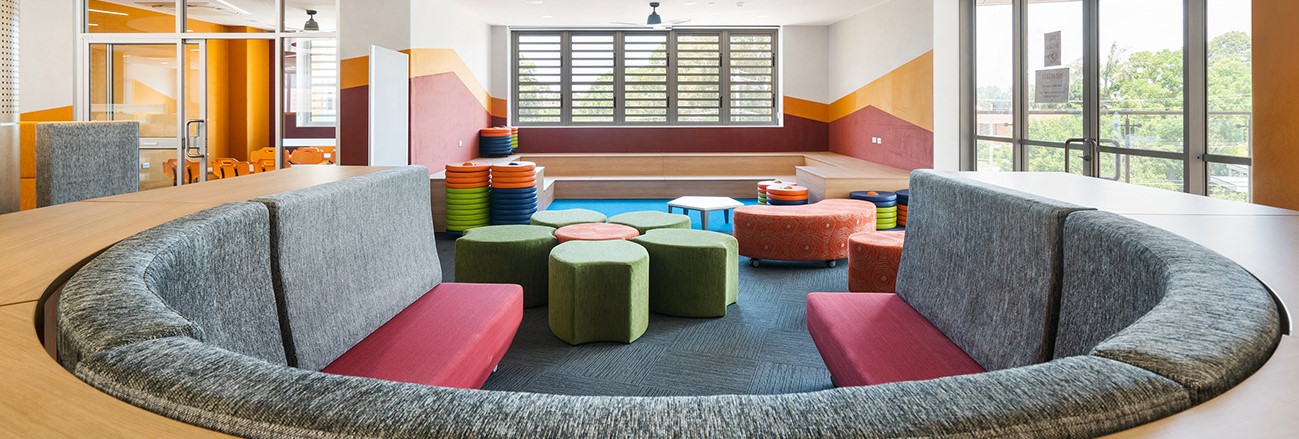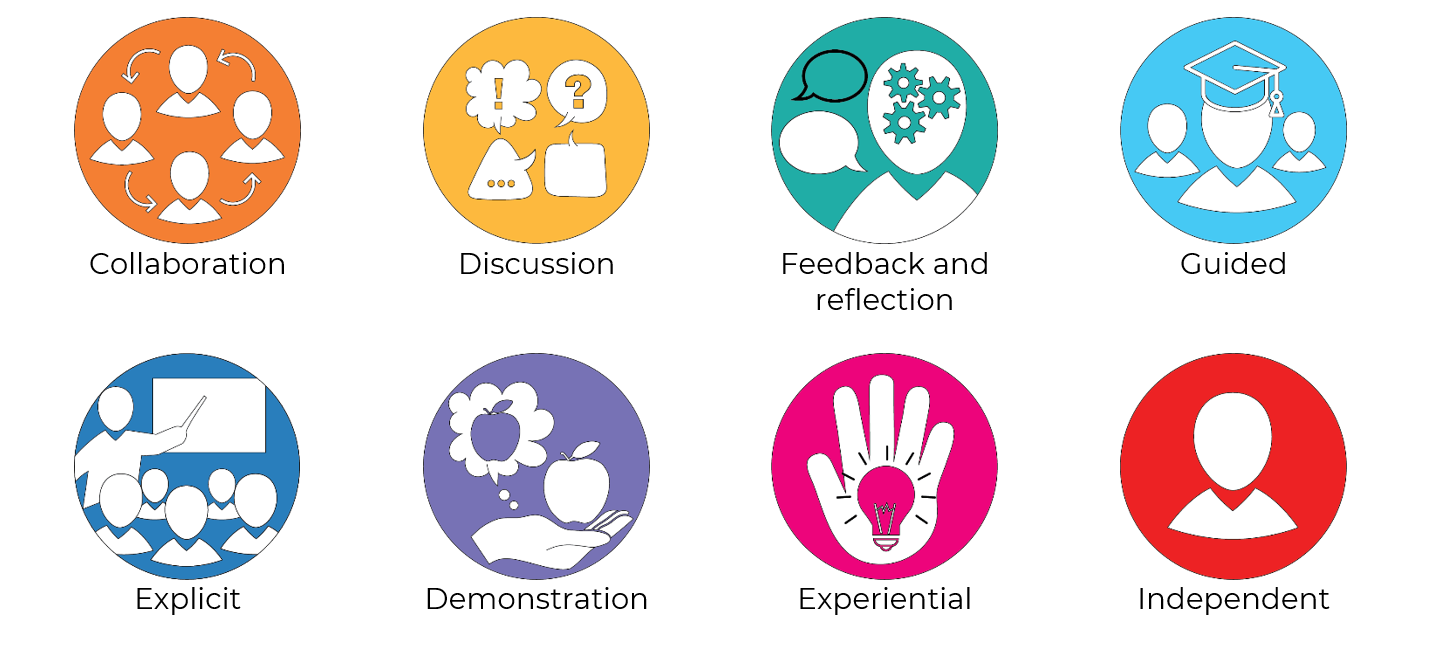Learning Environments: Fact sheet

Learning environments support many ways of learning
Effective learning environments feature space, furniture and technology that support greater collaboration and improved learning outcomes.
These learning spaces are flexible. Flexibility helps teachers provide a broad range of learning experiences. The spaces empower students to learn at their own pace and support their learning in different ways. Designed with students at the centre, effective learning spaces allow for teaching that suits individual needs and interests.
Teachers can take advantage of this flexibility to design activities that are:
- inclusive
- engaging
- authentic
- connected.
Contemporary learning prepares students for jobs of the future
Our children’s education is vital – they are the next leaders, the future workforce and the foundation of communities for years to come.
Contemporary learning and teaching prepares students with the skills and capabilities they need to thrive in a rapidly changing and interconnected world. Teachers can engage their students’ curiosity, connect their learning to the real world and foster collaboration.
Learning
- Personalised learning, so each student is learning at their own level and pace.
- Students learn as a whole class, in small groups or individually.
- Students can work on the same project in different subject areas, encouraging cross-disciplinary learning.
Students
- Move around the learning space to encourage collaborative learning.
- Work across a range of projects simultaneously.
- Engage in hands-on learning, building and testing.
- Adapt their learning space to meet their needs and support choice.
Teachers
- Move around the learning space rather than teaching from the front of the room.
- Plan learning together, in faculty and stage teams.
- Teach in teams to better meet the needs of students.
- Adapt space to support learning activities and personalised learning.
Learning Space - Physical
- Zones for different activities with furniture and resources, such as booths, standing tables and studios.
- Spaces can be connected by glass or sliding doors to extend the learning space.
- Spaces are designed flexibly, to support sharing by multiple learning groups.
Learning Space – Digital
- Technology integrated into the space to extend learning.
- Accessibility of technology to suit different activities, for example filming and recording equipment.
- WiFi accessible across all learning areas.
Learning Space – Social
- Learning spaces support informal and formal learning activities.
- Breakout spaces support collaboration and social learning, indoors and outdoors.
- Breakout spaces support teacher prep.
We build learning spaces that enable contemporary learning and teaching
- Gain new skills valued by a changing workforce
- Explore new ways to interact with information
- Understand different ways to learn.
As learning is changing, so too are the learning spaces that support learning activities.
Student-centred and personalised learning is a focus. Students can take ownership of their own learning journey, preparing them to embrace lifelong learning.
Learning is integrated across subjects, and real-world impacts are constantly emphasised.
Broader connections and partnerships are encouraged, to build a sense of belonging and to enable students to actively contribute to their communities. It allows them to apply skills and knowledge in ways that they will apply them in the future, linked to the real world.
Our new learning spaces are designed to facilitate a range of learning modes and activities:

We design spaces that support contemporary learning and teaching across these modes. These learning spaces cater for explicit learning and a diverse range of learner needs.
Because of their flexibility, these spaces can be redesigned easily to suit different learning intentions and maximise comfort. Students can take part in the ongoing design and layout of the spaces. Building a culture of shared ownership promotes each student’s sense of belonging.
Seating is flexible, allowing for easy transitions between learning modes and activities. It provides students and teachers with choice in how and where they learn.
Using glass and sliding doors:
- supports flexible room arrangements
- encourages movement throughout spaces
- creates better collaboration between teachers and students.
Technology supports other activities to achieve learning goals
- investigate
- create
- communicate
- collaborate.
Digital technology helps students to collaborate to achieve their learning goals.

